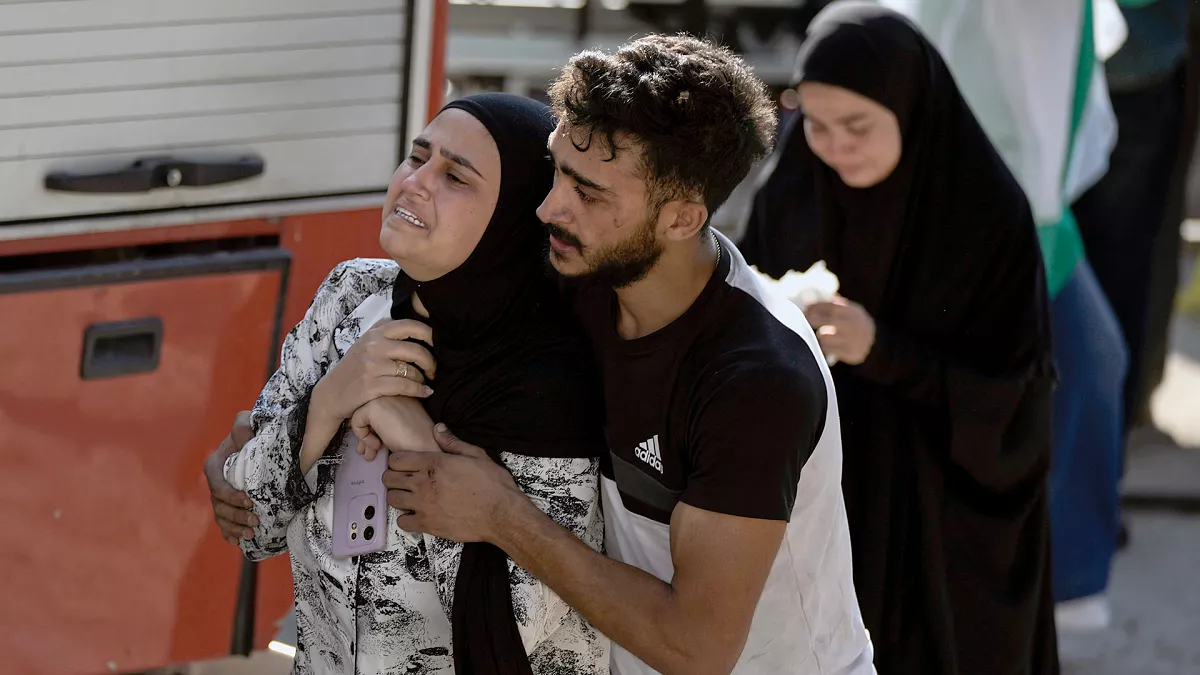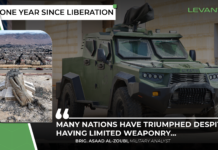
The Syrian-Lebanese border has become a focal point of displacement, as thousands flee southern Lebanon in response to ongoing Israeli airstrikes. Since September 23, approximately 10,000 civilians have crossed into Syria, seeking refuge from the violence. Most displaced, around 70%, are Syrians, while the remaining 30% are Lebanese.
This movement, concentrated at the Jdeidet Yabous border crossing, comes as Israeli bombardments continue to target southern Lebanon, including the Bekaa Valley and southern suburbs of Beirut. The United Nations High Commissioner for Refugees (UNHCR) reported that the strikes have killed at least 550 people and injured over 1,800, among them UN personnel.
The influx of refugees is primarily headed toward the Syrian governorates of Homs, Damascus, Rif Dimashq, and Tartous. Despite the sharp increase in border crossings, Assad regime authorities have kept the borders open, according to the UNHCR. There have been no reported cases of people being turned away, and humanitarian organizations continue to monitor the situation.
However, as of September 25, a notable decrease in crowds at the Jdeidet Yabous crossing has been observed, signaling a potential stabilization in the number of refugees seeking safety in Syria. Still, the UNHCR remains cautious, continuing to verify the exact number of families displaced by the conflict.
The violence in Lebanon has sparked wider concerns over regional security, particularly on the Syrian side of the Golan Heights. Israeli media reported that around 40,000 fighters from Syria, Iraq, and Yemen had allegedly gathered near the Golan Heights, awaiting orders from Hezbollah Secretary-General Hassan Nasrallah. These reports, however, have been met with skepticism by local sources in southern Syria, who denied any major military buildup in the area.
Military officials in Israel, nonetheless, expressed concern over the potential presence of these forces, fearing an escalation in the conflict. Israel is closely monitoring the situation and remains prepared “to take action if necessary.” In response, Assad regime forces have raised their alert levels, particularly in Quneitra and surrounding areas, fortifying positions and inspecting vehicles for potential weapons.
Russian military forces have also increased their presence in the area of southern Syria, particularly in Quneitra. Russia has stationed troops at several “strategic locations” to “closely monitor the situation.” Reports suggest that Russian personnel, have bolstered fortifications at several hills across the region.
In addition to the displacement crisis, the conflict has extended to border crossings between Lebanon and Syria. Israeli warplanes have conducted a series of airstrikes on these crossings, including Matraba, Al-Arid, Saleh, and Qabash in northern Bekaa. Initial reports indicate that five people were injured in the Matraba crossing area, though their nationalities have not been confirmed.
Israel has confirmed that these strikes targeted “Hezbollah’s supply lines, aimed at halting the movement of weapons from Syria to Lebanon.” Israeli officials stated they had successfully hit “several pieces of infrastructure” that Hezbollah has used to “transport combat equipment.”
Sham FM, a media outlet aligned with the Assad regime, corroborated the reports, adding that the injuries occurred in the vicinity of the Matraba crossing. Local officials emphasized that the attack had taken place on the Lebanese side of the border, although the impact was felt on both sides.
Such developments come amid growing military tension across the region. Israeli airstrikes continue to hit Hezbollah positions deep within Lebanese territory, as well as areas along the Syrian-Lebanese border. This escalation threatens to further destabilize the border areas, where both Lebanese and Syrian civilians continue to face grave danger.








